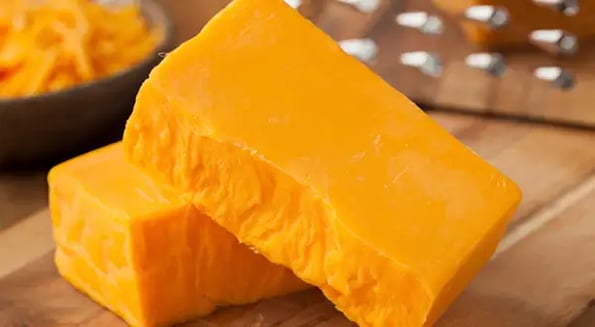To expand its content catalog to rival Old Man Cable’s, YouTube TV added its first online-only channel, Cheddar — a financial news outlet patronizingly dubbed “the CNBC for millennials.”

YouTube TV combines cable and digital content in one place, but while having as much content as possible may benefit them in the long term, the question is, who’s gonna pay for it, and how?
‘Content a la carte’
The future of TV is over-the-top: Entertainment is migrating from the cable box to the internet. But the transition won’t happen overnight, and streaming platforms must appeal to teenage Twitch-streamers and cable-crushing grandmas to win the war for TV.
Adding multiple entertainment formats increases YouTube TV’s market share today, but non-exclusive content like Cheddar’s — which publishes its content elsewhere for free — erodes the subscription’s long-term value to viewers.
This revolution WILL be televised (thanks to free distribution)
Back in the day, cable producers made half their money in ads — and the other half in “distribution fees.” Now, digital producers make all their money from ads — meaning YouTube TV still pays old-school cable partners, but doesn’t pay Cheddar anything.
So in the short term, YouTube gets Cheddar’s content fo’ free — but in the long term, Cheddar gets valuable viewers (AKA live prey for trigger-happy advertisers). Cheddar’s $54m in funding — plus a cool $18m lined up in ad revenue — should pay the bills as viewership grows.
Meanwhile, YouTube TV jacked up its subscription from $35 to $40 — kinda pricey compared to watching Cheddar for free on FB…

